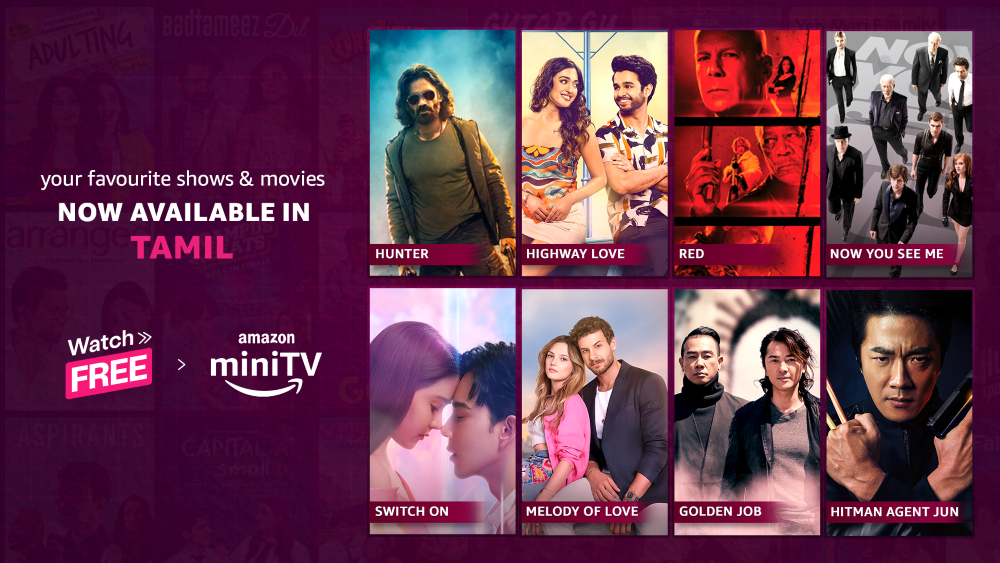Trending Now
- 830 voters names go missing in Kavundampalayam constituency
- If BJP comes to power we shall consider bringing back electoral bonds: Nirmala Sitaraman
- Monitoring at check posts between Kerala and TN intensified as bird flu gets virulent in Kerala
Coimbatore
Making education available in Tier 3 cities: “Merging education with technology is the answer”
![]() July 28, 2017
July 28, 2017
Digital India is a mission that the centre led government has rightly flagged off and this has given a renewed push to all the sectors including education.
According to the 2011 census, India improved from mere 12% literacy at the time of independence to 74%and although that seems like a huge jump, but we still lag behind the world average of 84%. Technology has taken over the world, it has minimised a lot of our work and has reached areas that was unthinkable a few years back. The need to digitize education is essential, especially in a country like ours. Due to modern facilities and infrastructure, digital education has reached Tier 1, but is yet to penetrate fully into into Tier 2 and Tier 3 cities. Although, India has become the second largest market for e-learning after the US, we still have a long way to go when it comes to the reach in villages. 68.8% live in rural India and most of them do not get quality education.
“Indian Education System has lost the focus on practical blend training due to the heavy load of theoretical, paper based assessment Methodology. The Standard of teaching is turning up bad to worse in Tier II and Tier III cities due to lack of teachers and low level of teacher’s competence, technology based education can be one way of improving the standards and qualities. This can be learnt best by exposing the students:-
• To give maximum access to the children’s by having hand on experience on motor based skills, making them learn through practice and practical.
• For students at undergraduate and graduate level the Technology works wonders when is applied in B.Tech, ITI’s, Medical and other streams,” says Shruti Arora, President Confederation Of Education Excellence(CEE).
She adds, “It would be a significant move in the education sector if virtual reality and augmented reality based courses are infused in the existing modules of school education and higher education– which will reduce the dependency of rot learning and limited knowledge sharing given by teachers who are less competent or are zero in competency.” Talking on the same lines, Dr Falguni Vasavada Oza, Professor from MICA says, “Technology can take education to the remotest corner.
Online courses delivered via satellite technology, webex, skype are good examples of how reach of education can be increased! Open online courses also known as MOOC and webinars by experts are today available to anyone & everyone who have access to internet. I also believe that social media & internet resources are also indirectly helping in taking knowledge beyond metro cities.” Though, it is all good to discuss the benefits of merging education with technology, one forgets the obstacles that prevent successful implementation of the same. ” We are forgetting that many of us in the villages still don’t have electricity or the basic facilities in place. We are lacking in infrastructural facilities. A sizeable population is still reeling under abject poverty which affects the interest of investors to invest in Quality Education in Tier III cities. And last, people in rural areas lack awareness about digital education,” says Nilanjan Gupta, a strategist.























